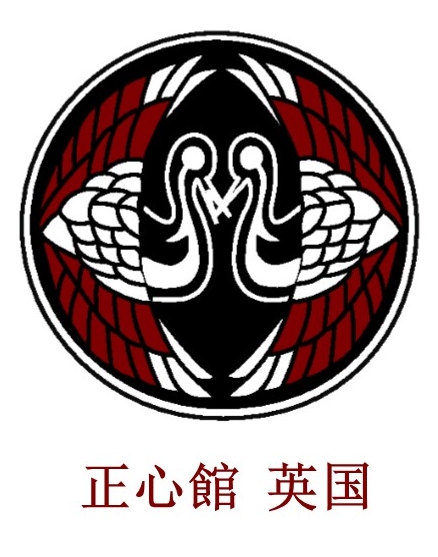S
SAHO - Method of etiquette
SHINOGI - Line of blade between Shinogi Ji and Jigane, ridge at widest point of blade
SEITEI IAIDO – A basic, fundamental and modern way of doing Iaido Kata (forms)
SENSEI (GATA) NI REI - Bow to teacher(s)
SHINZEN NI REI - Bow to shrine
SUMIMASEN - Excuse me (to attract attention)
SEMPAI - senior student
SENSEI – Instructor/Teacher
SHIHAN - A senior teacher, properly used within the school only, when outside, use sensei
SOKE - Head of style (actually head of family, unifier of gods and lineage)
SHOMEN - Front of room
SHINZEN, KAMIZA - Altar, gods place
SHIMOSEKI, SHIMOZA opposite sensei, where students line up on one side of the room, instructors on the other. Shinzen is one of the two remaining sides, usually depending on where the door to the room is. If the door is in a corner, usually that corner is where the lowest ranked students would sit. Shinzen should be to east
SEMERU - Push, press.
SHITA - Under
SHITO KOKYU - One breath
SHIZUKANI - Quietly
SUKOSHI - A little, a small amount
SOTO - Outside
SHOMEN - Straight ahead
SOKO - There, that position
SEIZA - Kneeling on both calves
SONKYO - squatting (crouching) position commonly found in Kendo practice
SEIGAN - Natural step, fundamental Kamae
SURIAGE-WAZA - Literal meaning sliding up technique
SUNE GAKOI - Block to protect the leg (shin)
SHIAI – Match in a competition
SEME - Pressure
SEMERU - Pressing forward
SAYA BIKI - Movement of scabbard
SAYA BANARE - Tip at Koiguchi during draw, just before strike, the flight from the scabbard
SHIBORI – Wringing or twisting the hands inward over the handle on the cut
SEME TE - Pushing hand, pressing forward with the blade
SHINI TE - Hand position that does not allow a cut - Dead hand
SOE TE - Assisting hand, one hand on Tsuka, one on the blade
SUBURITO - Wooden sword, usually heavy
SHINAI - Bamboo practice sword, used for Kendo
SHINKEN - A real or "live" blade
SHINTO - New swords, from about 1600 to 1870
SHAKU - 30.2 cm. or 11.9 inches
SUN - 1/10 of a Shaku
SHIN-SHINTO - Modern blades
SHOTO - smaller of a pair of Daisho, the other is the Daito
SORI - Measure of curve of blade from Nagasa to Mune at deepest point
SASHI OMOTE - (Katana) Side facing out
SASHI URA - (Katana) Side facing hip
SHINOGI JI - Area of blade near back from Shinogi to Mune
SAME - Belly skin from a type of Ray, however, the word SAME means "shark", not "ray fish"
SEPPA - Spacers on either side of Tsuba
SAYA - Scabbard
SHIRASAYA - Literally white scabbard, a plain storage-only scabbard
SHITODOME - Metal fittings inside the Kurigata
SAGEO - Cord from Saya (Kurigata) to Hakama Himo
SEIKA TANDEN - As per Tanden
SAE OF SWORDSMANSHIP - The skill beyond technique only
SAYA NO UCHI NO KACHI Saya = scabbard, Uchi = inside, kachi = victory. The sword in the Saya, winning without drawing
SEN - Initiative, to forestall
SEN SEN NO WAZA (SEN NO SEN) Strike as opponent commits to an attack but before they move
SEI - Motionless, inactive
SHIDACHI (SHI TACHI) - Completing sword, finishes partner practice
SHU HA RI - Keep, break, leave- Memorize technique, question and understand, forget technique
SUKI - Opening
SUTEMI - Sacrifice technique to accept a blow to deliver one
SEME ASHI - Pushing or pressing foot
SURI ASHI - Sliding foot
SHOMEN - Front or top of head
SHAMEN - Side of head, temple
SUI GETSU - Solar plexus
Seishinkan Dojo
Glossary of terms
On this page and the following pages we have included an alphabetical listing of most of the Japanese words, terms or expressions you are likely to encounter. The list which is shown with the Japanese word leading first is not comprehensive, but does allow you to familiarize yourself with technical jargon that you will come across during practice.









